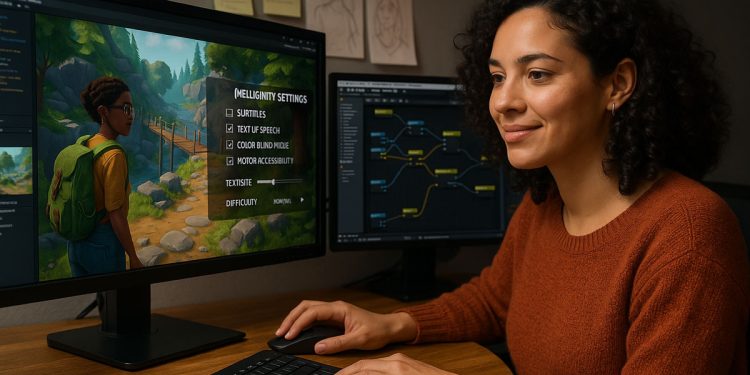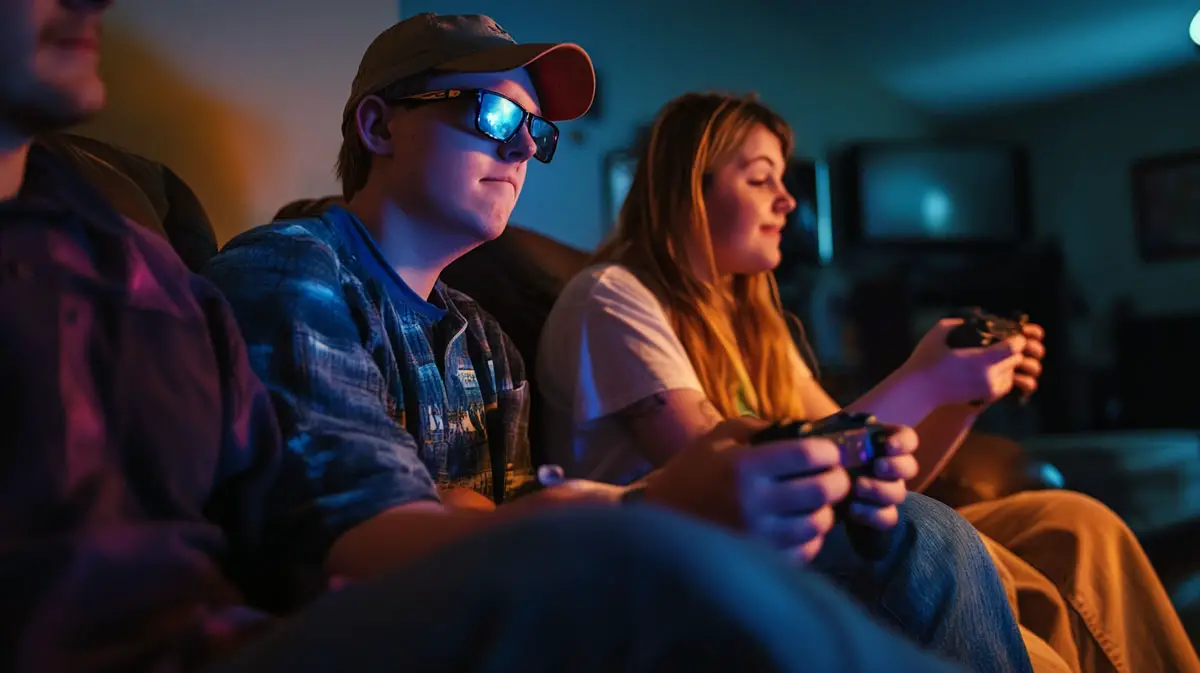Making Games for Everyone: How Developers Are Creating More Inclusive Experiences

Gaming today is way more than just fun and entertainment—it’s a way for people to connect, express themselves, and dive into amazing worlds. But for folks with disabilities, many games can feel like a wall instead of an open door. That’s why inclusive game design is becoming a huge focus in the industry. Developers want to make sure everyone, no matter their abilities, can jump in and enjoy the game, just like how players can explore dynamic options at Chicken Road casino.
More and more games now come packed with accessibility features-things like customisable controls, visual aids, and audio cues-that help break down barriers and make gaming welcoming for all players.
Why Accessibility Matters in Gaming
Accessibility isn’t just about adding a couple of options for players with disabilities. It’s about designing games from the ground up so everyone can have fun and face challenges on equal footing. Over the past few years, this idea has gained a lot of traction, with both gamers and creators pushing for more inclusive experiences.
Accessibility can mean a lot of different things depending on the player. Whether someone has trouble seeing, moving, or hearing, developers are getting creative to make sure everyone can play their way.
Custom Controls and Adaptive Gear
One of the biggest hurdles for many players is how they interact with the game. That’s why customizable controls and adaptive devices are game changers.
● Special controllers: Devices like the Xbox Adaptive Controller let players swap buttons and joysticks to fit their needs.
● In-game customization: Many games now let you remap buttons, tweak sensitivity, or even play with one hand.
● Alternative inputs: Eye-tracking and voice commands are opening doors for players who can’t use traditional controllers.
These tools don’t just make games playable-they help players feel empowered and included.
Visual Accessibility Features
For players with vision challenges, games can be tricky, but developers are stepping up with smart options:
● Colourblind modes: These adjust colours so key things like enemies or goals stand out.
● Text-to-speech and speech-to-text: These features help players read or communicate without relying on sight.
● Adjustable UI: Bigger fonts, brighter screens, and overlays make it easier to see what’s happening.
Little tweaks like these make a huge difference in letting everyone enjoy the game world.
Audio Accessibility
Hearing impairments come with their own challenges, but games are getting better at helping players stay in the loop.
● Subtitles and captions: Beyond just dialogue, captions now include sound effects like footsteps or explosions.
● Customizable captions: Players can change font size, colour, and backgrounds to suit their needs.
● Vibration and haptic feedback: Controllers buzz or pulse to signal important events, letting players “feel” the action.
These features help players stay connected to the story and gameplay, even if they can’t hear everything.
Teaching Developers to Build Inclusively: Going Beyond Features
Making games accessible isn’t just about slapping on a few extra options-it’s about rethinking how games are designed from the ground up. Developers need to truly understand the challenges players with disabilities face and bake accessibility into every stage of the process, not just add it on as an afterthought.










